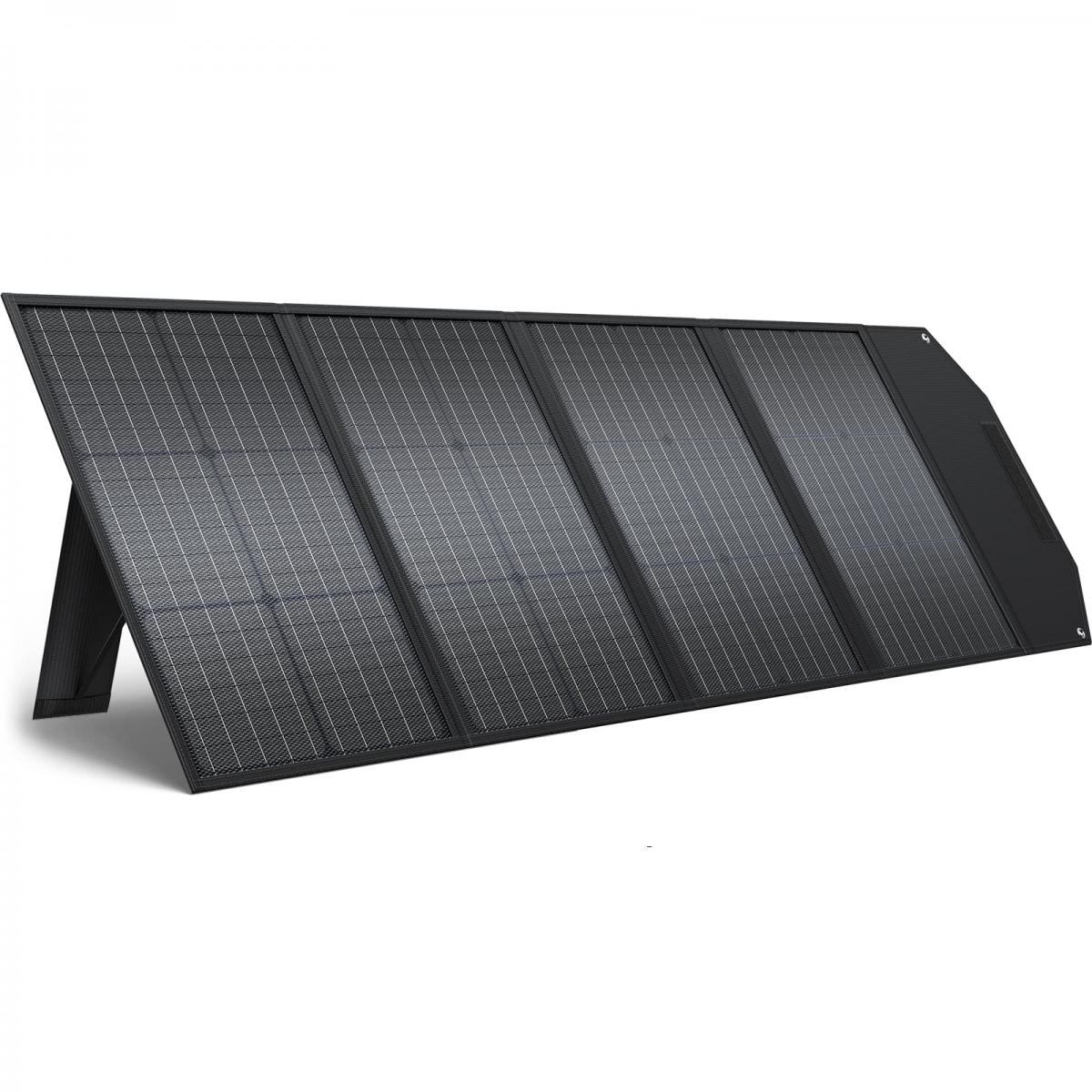How Many Solar Panels Will I Need?
When considering the installation of solar panels, one of the most common questions is, "How many solar panels will I need?" This question is crucial for anyone looking to transition to solar energy, as it directly impacts the cost, space requirements, and overall efficiency of the solar power system. In this article, we will explore the various factors that influence the number of solar panels needed, provide a step-by-step guide to calculating your specific requirements, and address some common concerns and misconceptions.

Understanding Your Energy Needs
The first step in determining how many solar panels you will need is to understand your energy consumption. This involves looking at your electricity bills to find out how much energy you use on a monthly and yearly basis. Energy consumption is usually measured in kilowatt-hours (kWh).
For example, if your monthly electricity bill shows that you use 900 kWh, your annual consumption would be:
\[ 900 \text{ kWh/month} \times 12 \text{ months} = 10,800 \text{ kWh/year} \]
Solar Panel Output
The next factor to consider is the output of the solar panels you are planning to install. Solar panels come in various sizes and efficiencies, typically ranging from 250 watts to 400 watts per panel. The output of a solar panel is measured in kilowatts (kW), and it indicates how much electricity the panel can produce under ideal conditions.
For instance, a 300-watt solar panel will produce 0.3 kW of power. To find out how much energy a single panel can produce in a year, you need to consider the number of sunlight hours your location receives annually. This is known as the solar insolation value and varies depending on geographic location.
If your location receives an average of 5 hours of sunlight per day, the annual sunlight hours would be:
\[ 5 \text{ hours/day} \times 365 \text{ days/year} = 1,825 \text{ hours/year} \]
Using this information, you can calculate the annual energy production of a single 300-watt panel:
\[ 0.3 \text{ kW} \times 1,825 \text{ hours/year} = 547.5 \text{ kWh/year} \]
Calculating the Number of Panels
Now that you know your annual energy consumption and the annual energy production of a single panel, you can calculate the number of panels needed. Using the previous examples:
\[ \frac{10,800 \text{ kWh/year}}{547.5 \text{ kWh/year per panel}} \approx 20 \text{ panels} \]
This means you would need approximately 20 solar panels to cover your annual energy needs.
Factors Affecting the Number of Panels
Several factors can influence the number of solar panels you will need:
1. Efficiency of the Panels: Higher efficiency panels produce more electricity per square foot, which means you will need fewer panels to meet your energy needs.
2. Roof Space: The amount of available roof space can limit the number of panels you can install. If space is limited, you may need to opt for higher efficiency panels.
3. Orientation and Tilt: The orientation (direction the panels face) and tilt (angle of the panels) can affect the amount of sunlight the panels receive, impacting their efficiency.
4. Shading: Trees, buildings, and other obstructions can cast shadows on your panels, reducing their output. It's essential to consider shading when planning your installation.
5. Energy Efficiency of Your Home: Improving the energy efficiency of your home (e.g., better insulation, energy-efficient appliances) can reduce your overall energy consumption, potentially reducing the number of panels needed.
Practical Considerations
When planning your solar panel installation, it's essential to consider both the practical and financial aspects. Here are some additional points to keep in mind:
1. Cost: The cost of solar panels has decreased significantly over the years, but it is still a considerable investment. Be sure to factor in the cost of the panels, installation, and any additional equipment (e.g., inverters, batteries).
2. Incentives and Rebates: Many governments and local authorities offer incentives and rebates for solar panel installations. These can significantly reduce the overall cost and improve the return on investment.
3. Maintenance: Solar panels require minimal maintenance, but it's essential to keep them clean and free of debris to ensure optimal performance.
4. Lifespan: Most solar panels come with a warranty of 25 years or more, but their efficiency can degrade over time. It's essential to consider the long-term performance when planning your system.
Common Misconceptions
There are several misconceptions about solar panels that can lead to confusion:
1. Solar Panels Only Work in Sunny Climates: While solar panels are more efficient in sunny conditions, they can still produce electricity on cloudy days. The key is to understand the average sunlight hours in your location.
2. Solar Panels Are Too Expensive: While the initial cost can be high, the long-term savings on electricity bills and potential incentives can make solar panels a cost-effective solution.
3. Solar Panels Require a Lot of Maintenance: Solar panels are relatively low-maintenance. Regular cleaning and occasional inspections are usually sufficient to keep them running efficiently.
Determining how many solar panels you need involves understanding your energy consumption, the output of the panels, and various other factors such as roof space, orientation, and shading. By carefully considering these elements and using the calculations provided, you can make an informed decision about the number of panels required for your specific situation.
Transitioning to solar energy is a significant step towards sustainability and can offer substantial long-term savings. By taking the time to plan your installation carefully, you can ensure that your solar power system meets your energy needs efficiently and effectively.
